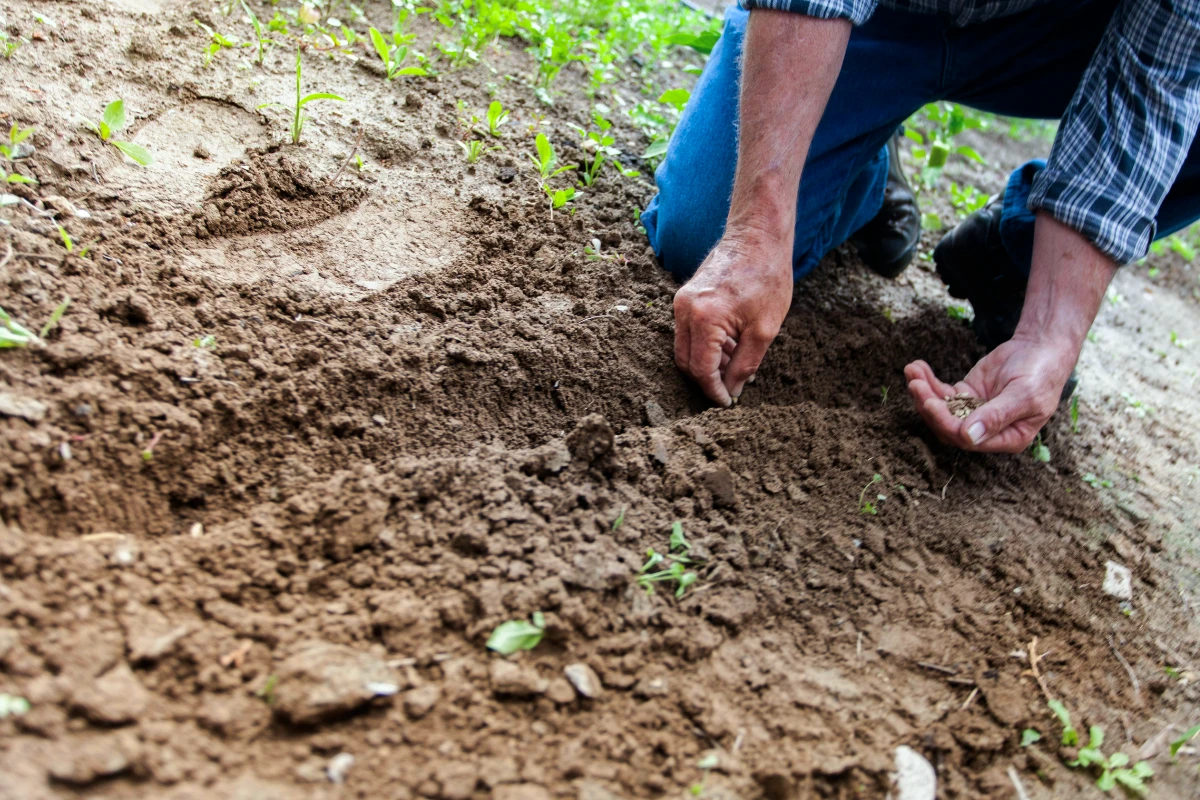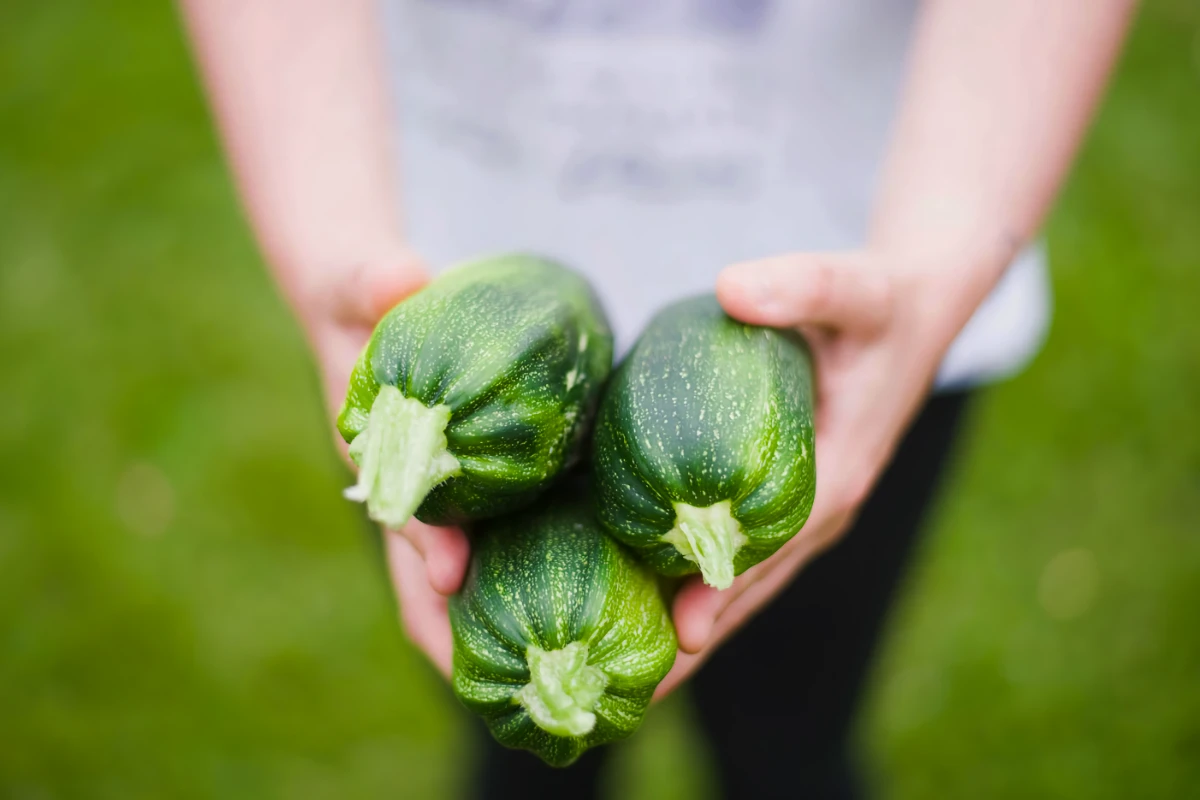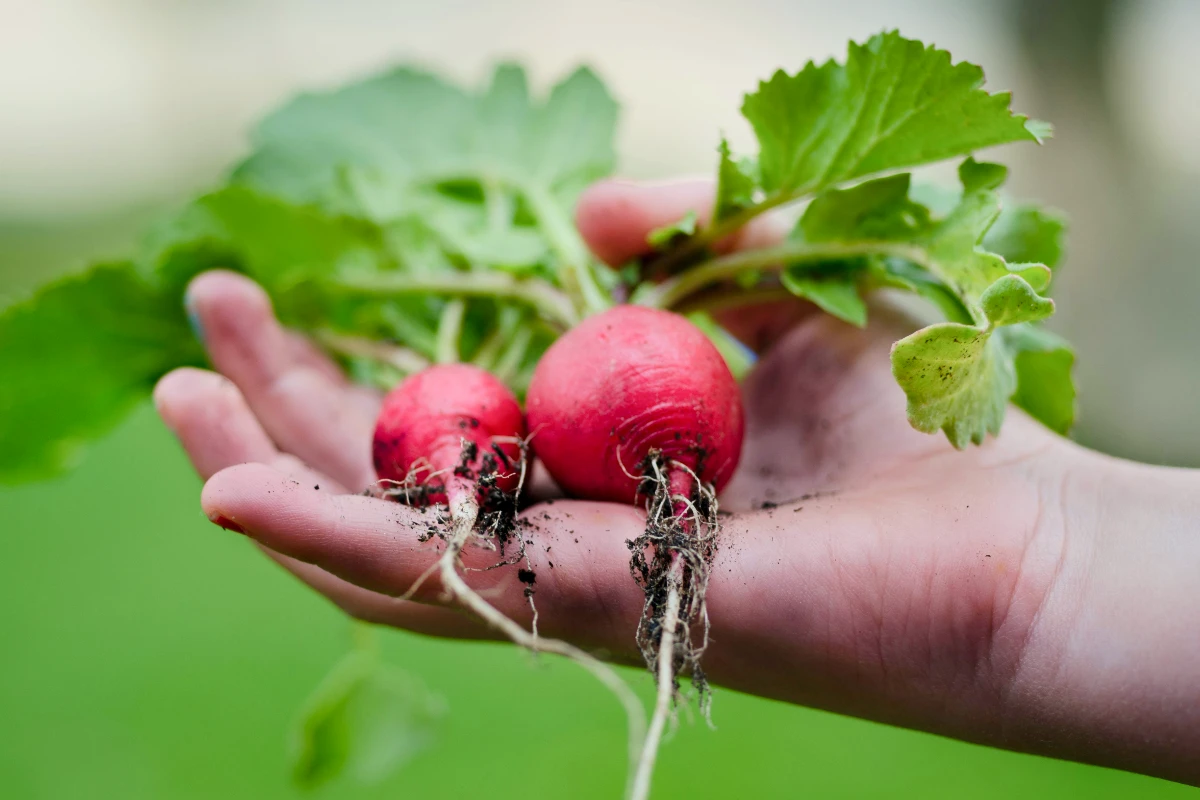Starting your first vegetable garden is a journey that combines science, patience, and a touch of artistry. This comprehensive garden planting guide will walk you through every decision—from understanding your microclimate to mapping succession planting for continuous harvests. Whether you’re a hobby gardener looking to expand your skills or a true beginner seeking detailed instructions, this guide provides the foundation for years of successful growing.

The Planning Phase: Setting Yourself Up for Success
Understanding Your Growing Environment
Before you plant a single seed, take time to understand the unique characteristics of your garden site:
1. Climate Zone Assessment
- Determine your USDA hardiness zone (ranges from 1-13)
- Identify your first and last frost dates
- Note microclimate factors like wind exposure, nearby buildings, and shade patterns
2. Sun Mapping
- Track sunlight patterns across your potential garden space throughout the day
- Create a simple diagram noting full sun areas (6+ hours), partial sun (4-6 hours), and shade
- Remember seasonal variations—winter sun patterns differ significantly from summer
3. Soil Analysis
- Conduct a professional soil test through your local extension office (typically $15-30)
- At minimum, determine your soil’s:
- pH level (most vegetables prefer 6.0-7.0)
- Texture classification (sandy, loamy, or clay)
- Organic matter content
- Major nutrient levels (N-P-K)
4. Water Accessibility
- Map available water sources
- Consider installing rain barrels or irrigation systems
- Calculate approximate water needs based on garden size

Garden Layout Design: Beyond the Basic Rectangle
A thoughtfully designed garden layout maximizes growing space while minimizing maintenance:
Layout Options for Different Spaces
1. Traditional Row Gardens
- Pros: Familiar format, easy to scale, good for large spaces
- Cons: Less space-efficient, more susceptible to weeds, higher water requirements
- Best for: Large areas, mechanical cultivation, traditional gardeners
2. Raised Bed Systems
- Pros: Better drainage, soil warming, ergonomic access, clear boundaries
- Cons: Higher initial cost, may require more frequent watering
- Best for: Poor native soil, limited mobility gardeners, neat aesthetics
- Optimal dimensions: 4′ wide (reachable from both sides), 8-12″ deep, length as desired
3. Square Foot Gardening
- Pros: Maximizes production in small spaces, highly organized, excellent for beginners
- Cons: Labor-intensive initial setup, may limit crop variety
- Best for: Small spaces, visual learners, mathematically-minded gardeners
- Implementation: Create 1’×1′ grids and plant by formula (1, 4, 9, or 16 plants per square)
4. Keyhole Gardens
- Pros: Efficient access, minimizes walking space, good soil health
- Cons: More complex initial design, limited expandability
- Best for: Permaculture enthusiasts, gardeners with limited mobility
Sample Garden Layout Plans
Beginner 4’×8′ Raised Bed Layout
- North end: Trellised crops (peas, cucumbers)
- Center: Mid-height plants (peppers, bush beans)
- South end: Low-growing plants (lettuce, radishes)
- Corners: Companion flowers for pest management
Small Space 6’×6′ Intensive Layout
- Center: One determinant tomato with basil companions
- Middle ring: Alternating peppers and marigolds
- Outer ring: Leaf lettuce succession plantings
Family of Four 400 sq ft Garden Plan
- Four 4’×8′ raised beds with 3′ pathways
- Bed 1: Salad greens and quick crops
- Bed 2: Nightshades (tomatoes, peppers, eggplants)
- Bed 3: Root crops and brassicas
- Bed 4: Legumes and cucurbits

Planting Calendars: Timing for Optimal Harvests
Unlike container gardening, a successful in-ground garden requires understanding timing and seasonality:
Understanding Planting Windows
Spring Planting (Cool Season)
- Begins: 4-6 weeks before last frost
- Focuses on: Leaf crops, root vegetables, peas
- Critical factors: Soil temperature reaching 40°F, workable soil
Summer Planting (Warm Season)
- Begins: After all danger of frost has passed
- Focuses on: Tomatoes, peppers, squash, beans
- Critical factors: Soil temperature above 60°F, established garden structure
Fall Planting (Second Cool Season)
- Begins: 8-10 weeks before first fall frost
- Focuses on: Quick-growing cool crops, overwintering varieties
- Critical factors: Decreasing daylight hours, cooling soil temperatures
Regional Planting Calendars
Northeast/Midwest Garden Calendar
- February: Start onions and leeks indoors
- March: Start brassicas indoors, direct sow peas (with protection)
- April: Direct sow root crops, start tomatoes indoors
- May: Plant out hardened-off seedlings after frost danger
- June: Direct sow beans, summer squash
- July: Start fall brassicas, succession sow beans
- August: Direct sow fall greens, radishes
- September: Plant garlic, cover crops
- October: Finish harvest, winterize garden
Southeast Garden Calendar
- January: Start peppers and tomatoes indoors, plant cool-season crops
- February: Direct sow root crops, leafy greens
- March: Direct sow beans, corn, transplant tomatoes
- April: Plant heat-loving crops, succession sow beans
- May: Mulch heavily for summer heat
- June-August: Focus on heat-tolerant varieties
- September: Start fall garden crops
- October-December: Grow cool-season crops
Southwest Garden Calendar
- January: Plant bare-root fruit trees, start seeds indoors
- February: Direct sow cool-season crops
- March: Last chance for cool-season direct sowing
- April: Plant heat-loving crops with heat protection
- May-September: Focus on heat and drought tolerance, use shade cloth
- October: Begin fall planting season
- November-December: Grow cool-season crops
Pacific Northwest Garden Calendar
- February: Start brassicas indoors, prepare beds
- March: Direct sow peas, greens with protection
- April: Start heat-loving crops indoors, direct sow root vegetables
- May: Plant out warm-season seedlings after danger of frost
- June-August: Succession planting, prepare for fall
- September: Plant fall and winter crops, cover crops
- October: Plant garlic, cover crop remaining beds
- November-January: Harvest winter crops, plan next season

Succession Planting for Continuous Harvests
One of the most common beginner mistakes is planting everything at once. Succession planting ensures a steady supply of fresh produce:
Succession Methods
1. Same Crop, Staggered Planting
- Example: Plant salad greens every 2-3 weeks for continuous harvest
- Best for: Quick-growing crops (radishes, lettuce, beans, cilantro)
- Management: Dedicate calendar days for new plantings, label with dates
2. Different Crops, Same Space
- Example: Spring peas → summer beans → fall spinach
- Best for: Maximizing production in limited space
- Management: Plan entire season in advance, prepare transplants while current crop finishes
3. Same Crop, Different Varieties
- Example: Early, mid-season, and late tomato varieties
- Best for: Extending harvests of favorite vegetables
- Management: Research variety-specific days to maturity
4. Interplanting Fast and Slow Crops
- Example: Radishes between tomato plants
- Best for: Maximizing early returns while main crops develop
- Management: Avoid competition through thoughtful pairing
Detailed Growing Guides for Common Vegetables
Understanding the specific needs of each crop is crucial for garden success:
Tomatoes
- Planting time: Transplant 2 weeks after last frost when soil reaches 60°F
- Spacing: 18-36″ depending on variety (determinate vs. indeterminate)
- Depth: Up to first set of true leaves (roots will develop along buried stem)
- Water needs: 1-2″ per week, delivered at soil level
- Common issues: Blossom end rot (calcium deficiency), early blight
- Harvest indicators: Full color development, slight give when gently squeezed
- Climate adaptations:
- Hot climates: Provide afternoon shade, focus on heat-tolerant varieties
- Cold climates: Use walls for heat reflection, black plastic soil warming
- Humid areas: Maximize spacing for airflow, prune lower leaves
Leafy Greens (Lettuce, Spinach, Kale)
- Planting time: Early spring and fall, when temperatures range 45-75°F
- Spacing: 4-12″ depending on variety and harvest method
- Depth: Surface sowing with light soil covering
- Water needs: Consistent moisture, never allowing soil to dry completely
- Common issues: Bolting in heat, slug damage
- Harvest indicators: Outer leaves reach usable size (cut-and-come-again method)
- Climate adaptations:
- Hot climates: Use shade cloth, focus on summer varieties
- Cold climates: Cold frames extend season significantly
- Dry areas: Deep mulching essential for retention
Root Vegetables (Carrots, Beets, Radishes)
- Planting time: Early spring through late summer
- Spacing: 2-4″ final spacing, consider broadcast sowing and thinning
- Depth: Shallow (1/4-1/2″) for tiny seeds
- Water needs: Consistent moisture during germination, moderate thereafter
- Common issues: Forking from rocky soil, uneven germination
- Harvest indicators: Top of root visible at soil surface, size appropriate for variety
- Climate adaptations:
- Clay soils: Raised beds with amended soil prevent deformities
- Short seasons: Focus on early varieties with fewer days to maturity
- Sandy soils: Increase organic matter for moisture retention
Brassicas (Broccoli, Cabbage, Cauliflower)
- Planting time: Early spring or late summer for fall harvest
- Spacing: 18-24″ between plants, rows 24-36″ apart
- Depth: Transplant to same depth as seedling container
- Water needs: Moderate and consistent, 1-1.5″ per week
- Common issues: Cabbage worms, clubroot in acidic soils
- Harvest indicators: Firm heads, bright color, before flowering
- Climate adaptations:
- Warm climates: Primarily a fall/winter crop
- Cold climates: Can withstand light frost, enhancing flavor
- Wet climates: Need excellent drainage to prevent root diseases
Beans and Peas
- Planting time: Peas in early spring, beans after soil warms to 60°F
- Spacing: 2-4″ between plants, rows 18-36″ apart
- Depth: 1″ for both
- Water needs: Moderate, critical during flowering and pod development
- Common issues: Bean beetles, powdery mildew
- Harvest indicators: Pods reach full size but before seeds fully develop
- Climate adaptations:
- Hot climates: Focus on heat-tolerant varieties, provide afternoon shade
- Cold climates: Peas perform excellently, beans need warm microclimate
- Windy areas: Secure trellising essential for climbing varieties

Garden Soil Preparation: Building Long-Term Fertility
The foundation of any successful garden is healthy, living soil:
Initial Soil Improvement
1. Double-Digging Method (for heavily compacted soils)
- Remove topsoil from first 12″
- Loosen subsoil with garden fork
- Return topsoil mixed with compost
- Best for: New gardens with poor soil structure
2. Sheet Mulching/Lasagna Gardening (for long-term improvement)
- Layer cardboard, compost, leaves, and other organic materials
- Allow to decompose for 3-6 months before planting
- Best for: No-till approaches, converting lawn to garden
3. Core Amendment Addition
- Compost: 2-4″ incorporated into top 6-8″ of soil
- Balanced organic fertilizer according to soil test results
- Specific amendments based on deficiencies (lime, sulfur, etc.)
- Best for: Established gardens needing seasonal rejuvenation
Maintaining Soil Health Throughout the Season
- Apply side dressings of compost at key growth stages
- Use liquid organic fertilizers during heavy feeding periods
- Add mulch to:
- Suppress weed growth
- Conserve soil moisture
- Moderate soil temperature
- Feed soil life as it breaks down
Cover Cropping for Off-Season Improvement
- Fall/Winter Cover Crops:
- Winter rye: Excellent for cold climates, breaks up compaction
- Hairy vetch: Nitrogen-fixing, works well with rye
- Crimson clover: Beautiful flowers, nitrogen-fixing
- Summer Cover Crops:
- Buckwheat: Quick growing, excellent for pollinators
- Cowpeas: Heat-tolerant, nitrogen-fixing
- Sorghum-sudangrass: Exceptional biomass production
Don’t forget to maintain the lawn areas around your garden. Check out our seasonal lawn care guides for a complete approach to yard management: Spring Lawn Care and Fall Lawn Care.
Climate-Specific Gardening Strategies
Successful gardening requires adaptation to your specific climate challenges:
Cold Climate Strategies (Zones 3-5)
- Focus on short-season varieties (under 100 days to maturity)
- Use season extenders: cold frames, row covers, hoop houses
- Plant wind breaks to protect from harsh winter exposure
- Employ black plastic soil warming for heat-loving crops
- Practice heavy mulching to protect from freeze-thaw cycles
Hot Climate Strategies (Zones 9-11)
- Implement shade cloth during summer months (30-50% shade)
- Focus on spring and fall growing seasons
- Select heat-tolerant varieties of common vegetables
- Employ overhead misting systems for temperature moderation
- Use light-colored mulch to reflect heat away from soil
Drought-Prone Area Strategies
- Install drip irrigation with timers for water efficiency
- Select drought-tolerant crop varieties
- Practice deep mulching with water-retentive materials
- Create swales and berms to capture natural rainfall
- Implement ollas (buried clay pots) for slow-release watering
Humid Climate Strategies
- Maximize plant spacing for improved airflow
- Focus on disease-resistant varieties
- Practice vertical gardening to keep foliage dry
- Apply organic fungicidal treatments preventatively
- Schedule morning watering to allow foliage to dry
Your Garden Journey Begins
Starting your first vegetable garden is not just about growing food—it’s about developing a relationship with the natural cycles that sustain us. This comprehensive guide provides the framework, but your own observations and experiences will become your most valuable resource.
Begin where you are, with the space and resources available to you. Document your successes and challenges. Share your harvests and your lessons. Most importantly, remember that every master gardener was once a beginner, learning through the same process of trial, error, and the joy of that first homegrown tomato.
Your garden will evolve over seasons and years, becoming increasingly productive as your knowledge and soil fertility deepen together. The garden you plant today is just the beginning of a rewarding lifelong journey.